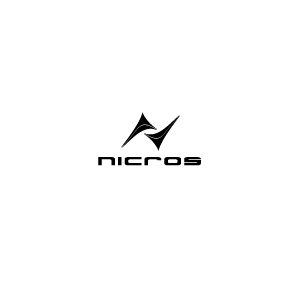What kid, of any age, can resist the challenge to climb to the top? On playgrounds these opportunities often come through boulders and climbing nets. In recent years, the composition of these “challenges” has seen some innovations as outlined below.
Boulders are naturally heavy, and as that is costly to ship and install, most of the newer materials are aimed at creating lighter boulders that remain strong and durable. Another important consideration for innovative manufacturers is having a “natural” rock surface for increased enjoyment and climb-ability.
Listing in order of heaviest to lightest, the available materials for climbing rock formations are cement, PolyFiberCrete, Glass Fiber Reinforced Concrete (GFRC), and fiberglass. Both cement and PolyFiberCrete are a molded process producing a solid single-material single-colored boulder, while the GFRC and fiberglass boulders are a shell or shells of material over an inner steel framework resulting in lighter-weight boulders. Besides the construction process, the main difference between these materials comes down to the amount of glass fibers added to the cement base – ranging from none in cement to totally in fiberglass. The addition of glass fibers results in boulders with more elasticity and less likelihood of cracking.
The climbing surface texture desired for greater realism and grip-ability comes from adding ceramic (sand) to the mixture, unmolding partly cured mixtures into sand, and/or allowing air bubbles in the mixture for a greater textured substance. On the outer layer, often a polymer resin sealant is used to resist color weathering from the open playground environment and to resist damage from graffiti. As to the boulder grips, the industry uses molds created from actual climbing rocks, hand sculpted grip surfaces, or bolted on hand holds.
Beyond boulders, or sometimes used in conjunction with boulders, climbing nets are another way to feel like you are at the top of the world. Material considerations with climbing ropes and nets involve strength, durability, and grip friendliness. Strength factors, and consequently public safety, currently revolve around the amount of steel core that is utilized, while the grip considerations come from the size and nature of the cable fiber jackets. And naturally, durability is the goal with both of these factors.

Stainless steel cables range from 16 mm to 25 mm in diameter composed of generally 6 coated strands around a core strand. This core may be a 3 strand fiber core or another steel wire strand – often the edge cables in a climbing design will have this inner steel strand for added strength. How many steel wires are in each steel strand can vary from company to company resulting in different tensile strengths.
However, the search for strength and durability needs to be mitigated by size, since children’s hands can only comfortably grip a rope of generally the 16-20 mm size. Larger diameter cables are usually used for structural strength and anchoring purposes.
The fiber jackets employed in climbing nets are of either polyester or nylon composition and cover each of the outer strands for both grip texture and color options. The inner core may or may not be covered as well. Additionally some of the outer fiber jacket materials have been treated with UV protection agents, flame retardant solutions, and/or a neon reflective color for added visibility.
Whether standing tall as the main feature of a playground or combined in creative configurations, boulders and cable nets naturally bring climbing excitement to playgrounds. And the materials being utilized today are bringing added safety, durability, new design possibilities, and greater climbing frontiers.















Add new comment